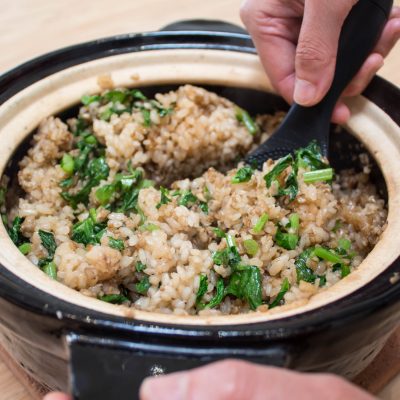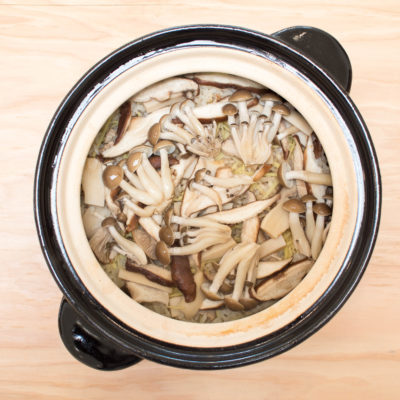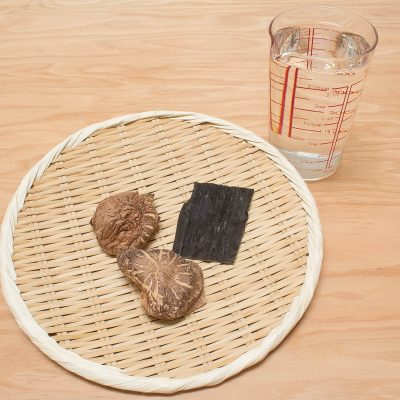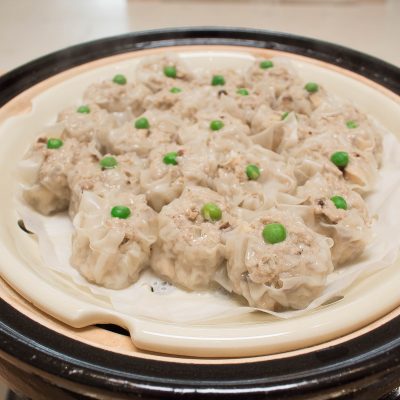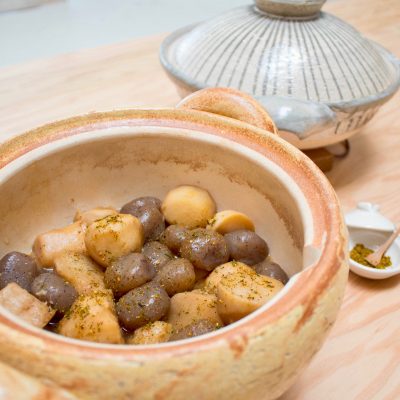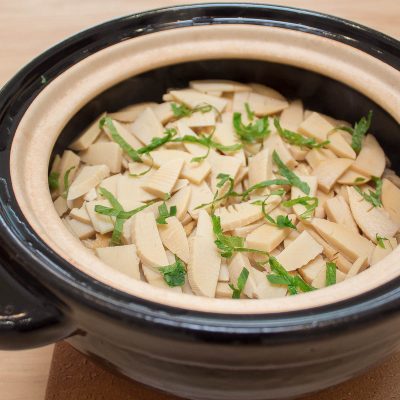This is a traditional stew called Chikzen-ni, and is often served in a Japanese New Year meal, and one of my favorite New Year dishes since I was a child. The root vegetables such as burdock, lotus, carrot and sato-imo (taro) are cooked with konnyaku (yam jelly), dry shiitake, and chicken in dashi, and seasoned with soy sauce and black sugar. The flavor is so rich and you can really enjoy the nice earthy flavors.
When I serve this dish in the New Year, I cut the lotus and carrot into decorative shapes, but for any regular occasion, that’s not necessary.
Although I love the flavor of the chicken in Chikuzen-ni, this dish can easily be converted into a vegan dish by simply omit the chicken and use vegan dashi (i.e. kombu and dry shiitake dashi). You can also make it gluten-free by substituting the soy sauce and white tamari with tamari soy sauce.


